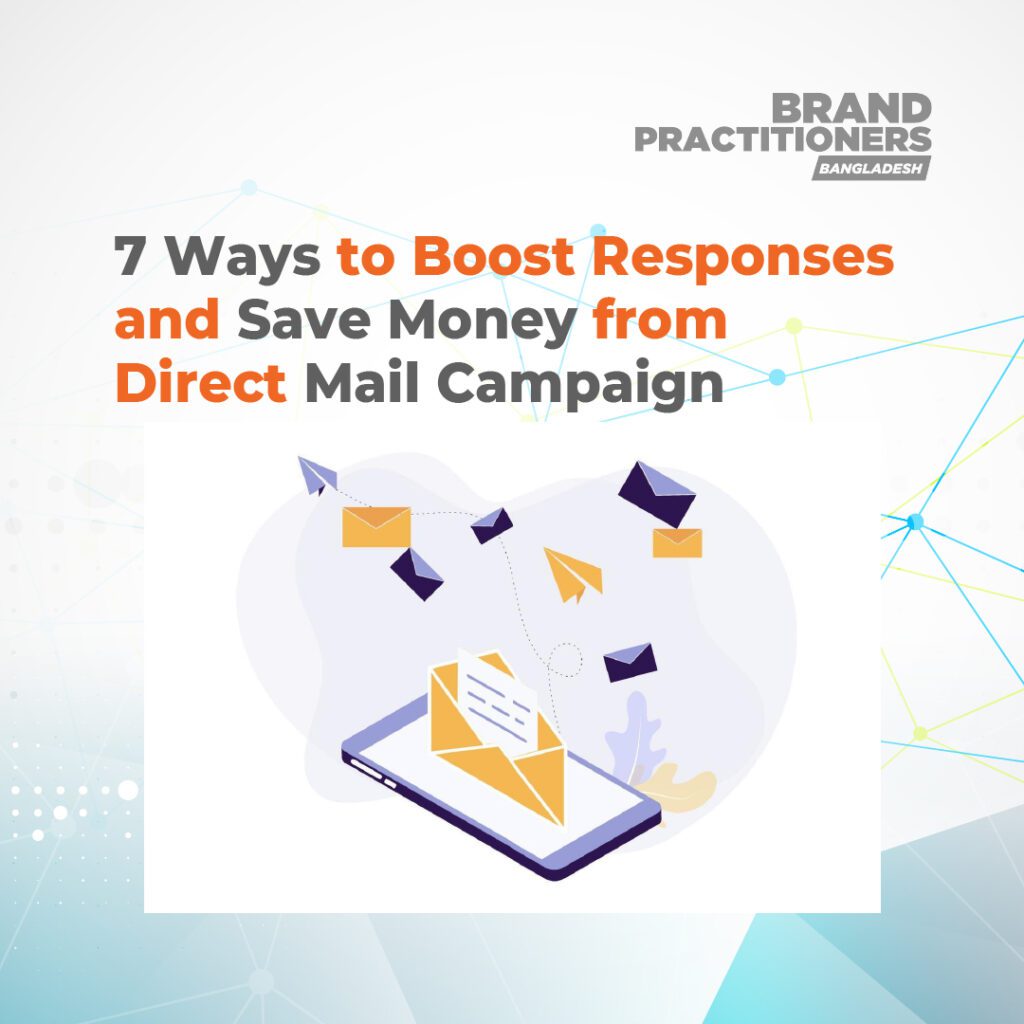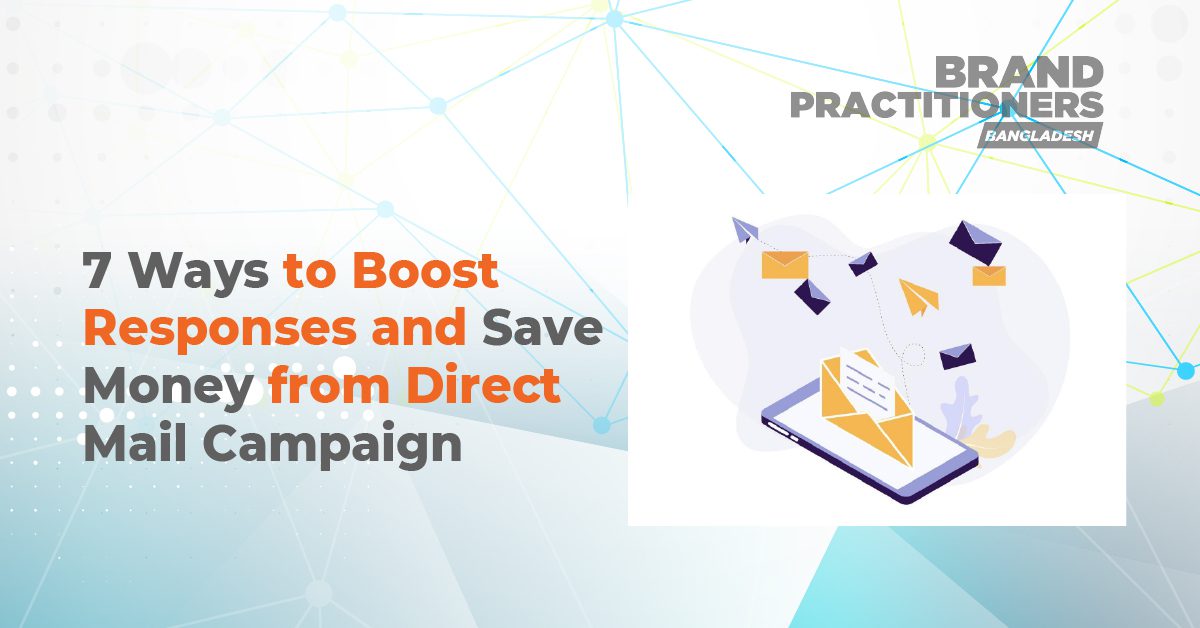While these techniques are relatively instantaneous, low cost and can drive a high ROI, direct mail marketing can be just as effective, if not more effective, in reaching customers and prospects, even in our digital age.
Direct mail marketing involves sending physical correspondence to customers or prospects with the goal of getting them to patronize your business. Examples of direct mail may include catalogues, brochures, coupons, postcards, branded envelopes, letters, and poly-mailers.
The goal of direct mail is to give consumers a tangible experience with your brand. You’ll also gain exposure, build rapport, and give customers more confidence in their purchase.
As per Forbes, the average consumer is exposed to 4,000 to 10,000 ads; here Direct Mail can take your company to next level.
Did you know that direct mail also affects generations differently? Consider the following:
- Millennials (b. 1981-1996) are the most likely generation to visit a website listed on direct mail.
- 88% of Gen X consumers (b. 1965-1980) want experiences that blend physical and digital channels.
- 71% of Baby Boomers (b. 1946-1964) say mail feels more personal than digital communications.
- 82% of Gen Z consumers (b. 1997-2012) will buy from brands with positive reviews (which can be featured in direct mail).

Direct mail marketing can help at any stage in a marketing campaign. It can be an initial touchpoint to introduce a consumer to your brand, or it can push a consumer through the sales funnel towards a purchase. A piece of mail could mean the difference between making (or breaking) your revenue goals.
While the cost of direct mail advertising can be high, a well-executed piece can make it well worth the investment. Use the following tips to ensure your success.
Build a Successful Direct Marketing Campaign: 7 Tips to Steal
Creating a solid direct mail campaign may seem intimidating, However, you may find that this strategy is just as effective as your digital marketing methods, especially if you utilize the following strategies. Here’s how to get started.
- Target the right audience with the right offer.
Defining your audience is an essential step for any successful marketing strategy, especially if you’re just getting started. Make sure to clearly define what types of people you’re trying to sell to. It can be helpful to draw some generalizations, including the following:
- What is the age range of your audience?
- What is the gender of your audience?
- What is their educational background?
- What purchasing power do they have?
- Where do they live or operate?
- What are their consumer behaviors?
- What media platforms do they use?
- What motivates them to make a purchase?
- Determine your mailing lists and techniques.
Once you’ve established a set of target buyer personas, you’ll need a high-quality mailing list. This step is key, as you cannot create a highly successful or appealing offer without knowing who you’re mailing to. Sending your mailers to the wrong audience can even alienate the right prospects, causing your team to lose money.
There are two types of mailing lists: an in-house mailing list and a third-party list rental:
- An in-house mailing list contains names of people you’ve already established a relationship with, including current customers, past customers, and people who have inquired about your product or service in the past.
- A third-party list rental contains a curated list of names that has been purchased or rented from a full-service direct mail company.
- Define direct mail campaign KPIs.
If you can’t measure it, you can’t manage it. Therefore, data is an important part of optimizing your direct mail campaign. Establishing your key performance indicators (KPIs) will help your team set itself up for success, while also seeing which tactics work and which don’t. Create a discussion around the following:
- What outcomes do we want from this campaign?
- What methods can we use to track our success?
- How often will we check on the progress of the campaign?
- How will we track and report our return on investment (ROI)?
- How will we adjust and make improvements?
- Incorporate branding into direct mail marketing campaigns.
Design plays a huge role in hosting a great direct mail campaign. The right design can catch a prospect’s eye, guide them through your advertisement, and ultimately get them to act—all in a highly visual and appealing way.
- Incorporate your organization’s colors and logo. It should be obvious that the piece is coming from your company. The best mailers orient consumers and grab their attention.
- Experiment with basic color theory. Different colors can have different psychological effects on consumers. For example, use red for urgency, orange for enthusiasm, purple for luxury, or green for sustainability.
- Avoid using a lackluster design. Pops of color and eye-catching designs go a long way. If you can’t catch their eyes within a few seconds, your piece of mail may go straight in the recycling bin.
- Leverage a QR code for easy website access. Make it easier than ever for smartphone users to gain instant access to your website! A matrix-style code eliminates the need to type a URL.
- Add variable data. Switch out copy or headlines based on different lists, behavior, or buying habits. In most cases, variable data printing delivers better results than generalized printing.
- Use A/B testing. Not sure which design will work best? Create two options and see which design fosters the best response.
- Use concise messaging with a single call to action.
In addition to design, you will want to incorporate a clear message on your piece of mail. You’ll also want to include a call to action (CTA). A CTA leverages command words that tell the consumer what action you’d like them to take. Great CTA examples include the following:
- Buy now.
- Order today.
- Shop the sale.
- Download your copy.
- Subscribe today.
- Visit the website.
- Get the coupon.
- Read more.
- Track the ROI of direct mail marketing campaigns.
Determining the return on investment (ROI) of your direct mail campaign isn’t just about increasing sales or leads. You also need to track the data associated with your campaign to examine where your successes lie. Tracking methods will help you ensure accuracy and performance of all direct mail efforts.
- Utilize the value of strategic repetition.
Consider the following: Would you rather market to a smaller audience multiple times, or a bigger audience only once? Chances are that your smaller, more concise audience will remember your marketing message better than a large audience that only hears from you once.
More:
The Future Of Marketing: More Creative, Customer-Centric
TOP 15 ADVERTISING AGENCIES IN BANGLADESH













